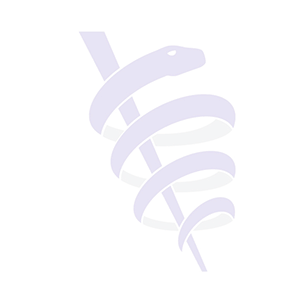


Eliminate work
Tailor your EHR to your actual practice's workflow.
Optimize your EHR system
Customize and configure your hardware and software.
Delegate
Shared EHR access can reduce burden and burnout.
Eliminating tasks and processes that detract from your patient care is crucial. EHRs are designed to support workflows for different physicians, specialties and practices. Make sure yours is configured to your practice’s real workflow, leaving out unnecessary steps and tasks.
Create a list of burdensome tasks and ask your support team to help you eliminate them to simplify. Tasks could include:
Minimize alerts
Reduce clicks and hard stops in ordering
Reduce note-bloat
Use verbal orders

In this toolkit, we present strategies that health care delivery organizations can deploy to maximize the benefits and minimize the burdens of EHR use, along with success stories from organizations that have made progress in optimizing their EHR.
Tasks and processes you can’t eliminate still benefit from attention to hardware and software solutions.
Make sure your hardware is optimized for you.
Integrate tasks within your EHR to eliminate steps. Examples include:
Optimize template and macros
Use favorites lists
Use patient portal
Configure user-defined filters

Many physicians confront the same problem when it comes to successfully incorporating electronic health record systems (EHRs) into their practices: They do not know the full capabilities of their systems and therefore miss many opportunities to make their EHRs more efficient and easier to use.
Many EHRs were designed to be physician-centered, placing the burden of most tasks on you. But many of your EHR tasks can be delegated to other members of your care team, reducing your workload.
Team Order Entry
Team Documentation
Team Inbox
Documentation Assistant
Hand Off Medication Reconciliation
Patient Portal
Rooming Protocols